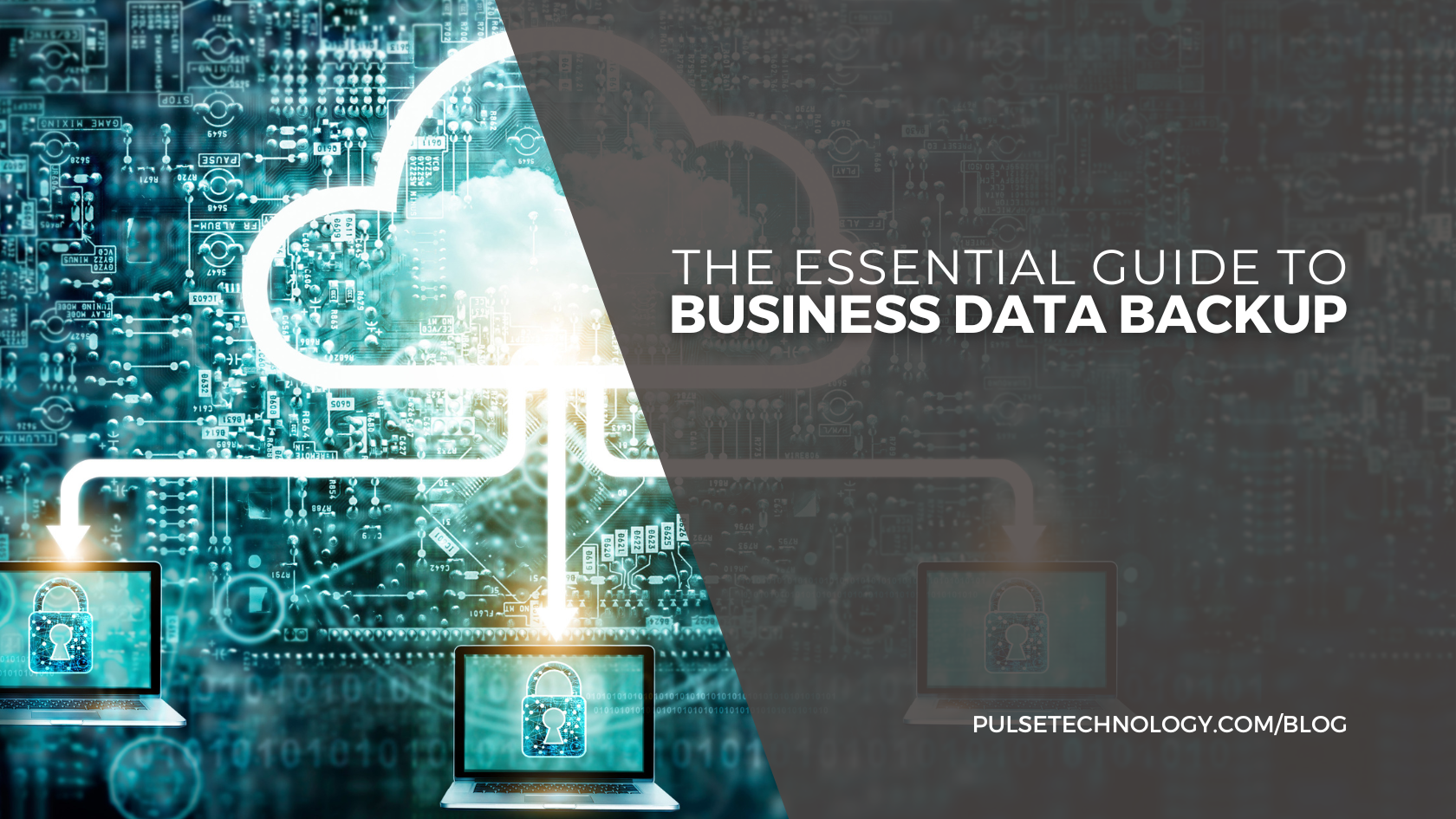The Importance of Data Protection in the Digital Age
With the surge in cyber-attacks and data breaches, the risk to our sensitive information is higher than ever. Financial data and personal records can be exposed, leading to identity theft, financial ruin, and a loss of privacy. For businesses, the impact includes financial losses, reputational damage, and legal issues.
Data protection is not just a matter of safeguarding information but also of safeguarding trust. As we rely more and more on digital technologies, it is important to take the necessary steps to protect your data from threats.
7 Possible Consequences of Unmanaged Data
As we spend more time online, we create and leave behind a massive amount of digital data. According to the data, children ages 8-12 spend 4-6 hours a day using screens, while teens spend up to 9 hours—a statistic that the latest data and research also suggest could be having adverse effects on their mental and physical health.
Our digital footprints are scattered throughout different platforms, from social media posts and emails to financial records and personal photos. When we pass away, this data doesn't just disappear—it lingers, often without clear instructions on what should happen to it.
Here are some possible consequences of unmanaged data:
- Privacy Risks: Personal information can be exposed, leading to identity theft or misuse.
- Emotional Distress: Loved ones may stumble upon sensitive information or struggle with what to do with their digital legacy.
- Financial Complications: Unmanaged accounts can lead to unauthorized transactions or financial losses.
- Data Overload: Storage services may become overwhelmed with inactive accounts, complicating data management.
- Legal Conflicts: Without clear legal guidelines, disputes can arise over who controls the deceased's digital assets.
- Unintended Legacy: Inappropriate or incomplete content may continue to represent you, impacting your posthumous reputation.
- Loss of Valuable Information: Important documents, photos, and memories could be lost if not properly managed or passed on.
10 Steps to Creating a Data Protection Plan
Creating a data protection plan is crucial to safeguarding sensitive information. Here are the significant steps to develop an effective plan:
- Assess Your Data: Identify what data you have and classify it based on sensitivity and importance. This helps prioritize protection efforts where they are most needed.
- Conduct a Risk Analysis: Evaluate potential threats and vulnerabilities to your data. Understanding the risks allows you to implement targeted security measures.
- Develop Data Protection Policies: Create clear policies that outline how data should be handled, stored, and protected. Ensure these policies comply with legal requirements and best practices.
- Implement Access Controls: Restrict access to sensitive data based on roles and responsibilities. Use strong authentication methods to ensure that only authorized individuals can access critical information.
- Encrypt Sensitive Data: Use encryption to protect data both in transit and at rest. This ensures that even if data is intercepted, it remains unreadable to unauthorized parties.
- Regularly Update Software and Systems: Keep all software, including security tools, up to date to protect against new vulnerabilities. Regular updates help prevent exploitation by cyber attackers.
- Train Employees: Educate staff on data security policies and best practices. Regular cyber training for employees will help them recognize and respond to potential security threats.
- Backup Data Regularly: Create regular backups of critical data and store them securely. Business data backups ensure that important information is restored in case of loss or corruption.
- Monitor and Audit: Continuously monitor data access and usage to detect and respond to suspicious activities. Regular audits help ensure compliance with data security policies.
- Develop an Incident Response Plan: Prepare a plan for responding to data breaches or security incidents. Having a response plan in place helps mitigate damage and recover quickly from any data compromise.
Why Is Understanding Platform Policies Important in Data Protection?
Platform policies are important because they dictate how your data is handled, stored, and shared by the service providers you use. In the absence of a clear legal framework, platform policies often become the default governing rules for your data. So, when you sign up for a service, you agree to their terms, which can vary widely between platforms.
These policies determine what happens to your data during your lifetime and after you pass away, affecting everything from data privacy to posthumous data management. In the Digital Assets market, the number of users is expected to amount to 992.50 million by 2028.
This highlights the growing importance of establishing clear guidelines for managing digital legacies and protecting personal information. Without knowing these policies, individuals and businesses risk unknowingly compromising their data or losing control over how it's used and protected.
The lack of a clear legal framework around data protection means that when someone dies, their digital footprint can be left unmanaged and vulnerable. By default, service providers' policies come into play, which may not always align with the deceased's wishes. This can lead to various complications, such as the unauthorized use of personal information, financial loss, or emotional distress for loved ones.
In some cases, critical information may be permanently lost or mishandled. Therefore, understanding and managing platform policies is vital for ensuring that data is protected according to your preferences and not just by the arbitrary rules of a service provider.
How Can Digital Legacy Tools Help?
Digital legacy tools are crucial for managing your data after you’re gone. They let you decide what happens to your digital assets, like social media accounts and emails. Using these tools ensures that your wishes are respected, whether it’s passing on information to loved ones or deleting sensitive data. This process will help in preventing unauthorized access.
These tools also simplify the process for your loved ones during a tough time. Instead of dealing with countless accounts and passwords, your designated executor can easily follow your instructions. This reduces their emotional burden and ensures your digital legacy is managed as you intended.
Why Should You Create a Data Inventory?
Creating a data inventory is crucial for knowing what data you have and where it’s stored. By cataloging your personal and business data, you can get a clear view of what needs protection and ensure sensitive information receives the necessary security measures. This helps you comply with legal requirements and avoid potential fines or legal issues.
A data inventory also makes data management more efficient. It helps you organize and prioritize your data, making it easier to access and use. In case of a data breach, an inventory allows you to quickly identify what was affected and respond effectively. It aids in making better decisions about data retention and deletion, ensuring you keep only what’s necessary and secure.
Secure Your Digital Life and Protect Your Data Today!
With the rise of cyber threats, it's more important than ever to ensure your data is secure. We offer comprehensive data protection plans made for your specific needs, helping you identify and protect sensitive information.
Our experts will guide you through setting up a good data protection plan. Don’t leave your digital life to chance. Contact us now to secure your data and gain peace of mind, knowing your information is protected every step of the way.




